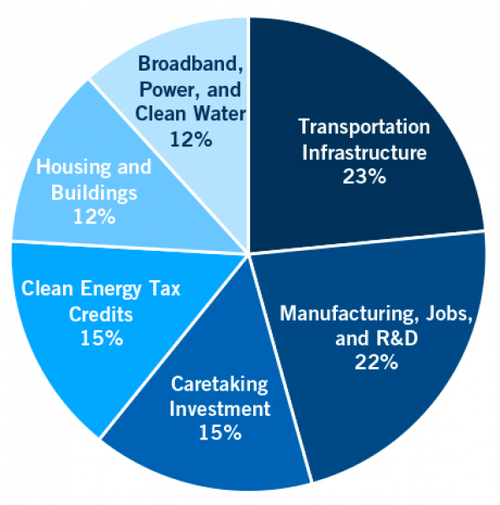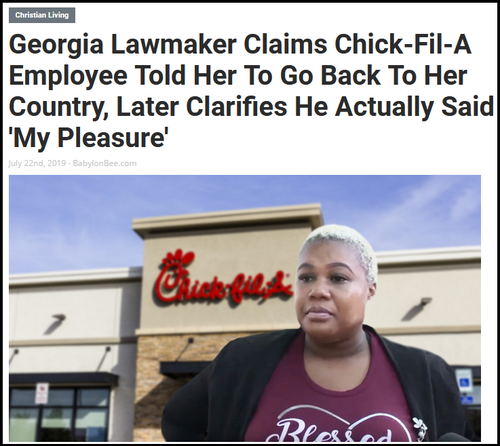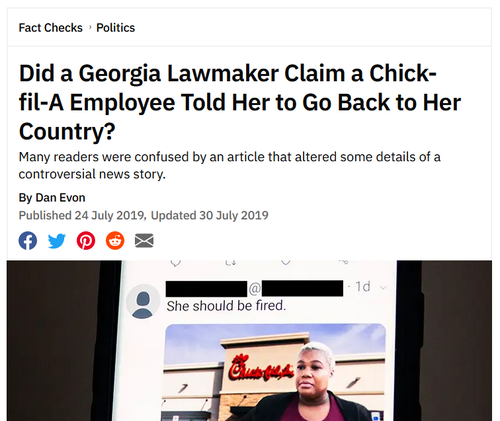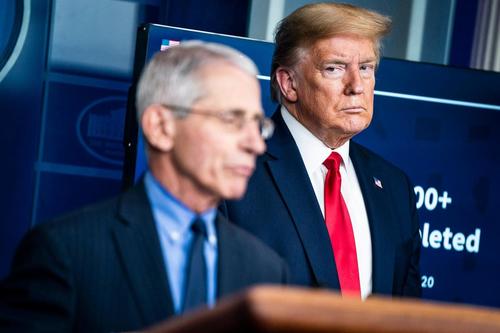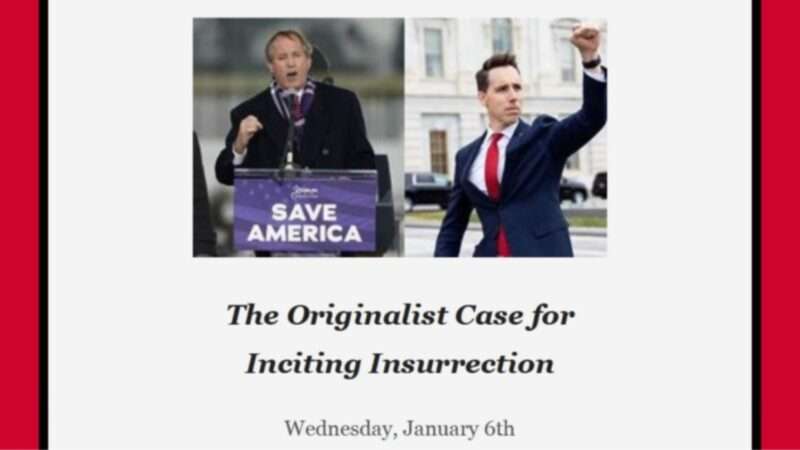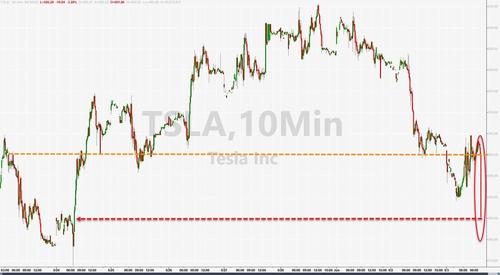How Biden’s Favored Unions Could Get Jammed in His Infrastructure Traffic
By Vince Bielski, RealClearInvestigations
President Biden repeatedly insists that his infrastructure plan will create millions of jobs and labor unions will be the big winners. But interviews with economists, union leaders, government officials and trade groups as well as basic math suggest otherwise.
The once dominant trade and construction unions no longer have enough members outside of their strongholds on both coasts and in the Midwest to claim most of the projected infrastructure jobs. By some estimates, two-thirds of these jobs will go to nonunion workers who dominate the construction markets in most states.
Biden, in short, appears to be harking back nostalgically to an era of union strength in the private sector that is decades gone. “It’s going to be really hard for unions,” says David Macpherson, an economist at Trinity University who specializes in organized labor. “I expect they would get far less than half of the infrastructure jobs.”
In addition, the overall number of jobs that the $2 trillion American Jobs Plan will generate is a matter of debate. The proposal is so sprawling — covering roads, bridges, water and transit systems, broadband, the power grid, clean energy, housing and more – and the labor market is so unpredictable because of the pandemic that economists are making wildly divergent forecasts. One group says it will create a few million jobs; another says it won’t create any jobs.
“The challenge for economists is particularly difficult in this situation,” says Bill Dupor, an economist at the Federal Reserve Bank of St. Louis. “There is a wide range of estimates of the jobs effect of infrastructure spending.”
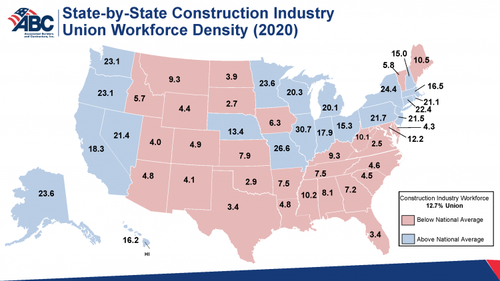
In response to these challenges, the Biden administration is trying to put its thumb on the scale to give unions an advantage in securing the jobs that are created – and in some projects force nonunion workers to pay union dues to get a piece of the action. North America’s Building Trades Unions and other labor groups involved in cement, iron, electrical and other construction work are in line to benefit from the strategy.
Biden’s Union Jobs Strategy
The administration is pushing “prevailing wage” requirements on federally backed projects that make it easier for unions to win bids. Democrats say these laws, which often set wages at higher union rates, prevent a “race to the bottom” by nonunion contractors who pay about 13% less. Nonunion companies that don’t like the higher labor costs and compliance headache shun these projects — to the benefit of unions.
Biden’s second lever of federal power – government-mandated project labor agreements (PLAs) – packs more union clout. The PLAs hand unions control over big and complex developments to provide an ample and skilled workforce and prevent delays. PLAs, which were used on the Hoover Dam and Cape Canaveral, also keep nonunion contractors such as Mohawk Northeast away by imposing union work rules and extra costs.
“PLAs hurt nonunion contractors and are not fair because the competitive advantage we have is lost,” says David Schill, a vice president at Mohawk, which operates in New England.
Associated Builders and Contractors, a trade group of mostly nonunion members, and Republican lawmakers aim to undercut Biden’s union strategy. They deride it as a Democrat payback to unions that punishes nonunion blue-collar workers and taxpayers.
“President Biden will receive pushback from the vast majority of the construction workforce and industry as well as some state and local governments,” says Ben Brubeck, vice president of regulatory affairs at ABC in Washington. “Taxpayers lose when small businesses can’t access these jobs.”
The PRO Act Withers
The pressure on the administration to deliver union jobs is rising as one of its major pro-union efforts, the Protecting the Right to Organize Act, languishes in the Senate without enough votes. Sens. Mark Kelly and Sinema of Arizona and Mark Warner of Virginia have been the Democratic holdouts. A top priority of organized labor, the PRO Act would change the rules to make it far easier for unions to win collective bargaining rights. More controversially, it would void the right-to-work laws passed by 27 states that give workers a choice of whether to join a union.
The legislation, which union leaders see as key to reversing the steady decline in membership, would mostly effect workers in manufacturing plants and warehouses like those run by Amazon. But when given the chance, employees at some companies have voted down unions. Workers at an Amazon facility in Alabama, for example, defeated a union drive in April.
With the PRO Act all but dead, trade unions are not in the mood for an infrastructure compromise with Republicans that significantly slashes the plan. While the president has trimmed his proposal from $2.3 trillion to $1.7 trillion in a nod to bipartisanship, it’s still several times bigger than the offer from Republicans. They also reject Biden’s call to raise corporate taxes to pay for it.
“A big infrastructure package will mean an enormous growth in employment and it’s going to build roads, bridges and tunnels that the country desperately needs,” says David Mallino, legislative director of the Laborers’ International Union of North America in Washington. “The current Republican offer falls short.”
Clashing Job Forecasts
In the face of the obstacles, the administration has offered questionable and misleading estimates of the jobs the plan would produce. Although predictions from economists are all over the map, the administration’s go-to estimate is from Moody’s Analytics, a Wall Street research firm. Its chief economist, Mark Zandi, said in April that the infrastructure plan would generate about 2.6 million jobs over a decade after calculating the impact of federal spending on economic growth. Zandi wrote that spending on infrastructure when unemployment is high produces more bang for the federal buck, making the next few years “an especially propitious time” to increase investment.
Administration officials then pumped up Zandi’s estimate for public consumption. Transportation Secretary Pete Buttigieg told ABC News in early April that the infrastructure plan “will lead to 19 million jobs” – a number that added the Moody’s estimate to the 16 million jobs that the firm said will be created regardless of the plan. Confronted with this fuzzy math, Buttigieg later walked back his overstatement. But a month later Biden stated in a speech in Louisiana that “we’ll create up to 16 million good-paying jobs,” overstating Moody’s forecast six-fold.
In fact, the overall effect of the infrastructure plan on jobs may be nil. That’s the conclusion of researchers at the University of Pennsylvania. By the time most of the infrastructure spending rolls out in the mid-to-late-2020s, the researchers predict, the economy will have already returned to full employment, eliminating the benefit to jobless workers at the center of Moody’s analysis. Improvements to roads and broadband Internet will make the American workforce more productive, but that will be largely offset by the reduction in business investment from higher corporate taxes to pay for Biden’s plan.
“We project that the net effects on employment will be very small,” says Alex Arnon, associate director of policy analysis for the Penn Wharton Budget Model.
America’s last major infrastructure push, which was part of the Obama administration’s Recovery Act, didn’t go according to plan. Overall the legislation did provide a needed boost to the collapsing economy. But Dupor of the St. Louis Fed says the $28 billion given to states to fix highways didn’t significantly improve them and created only a limited number of construction jobs.
How could that be? As President Obama put it in 2010, “There’s no such thing as shovel-ready projects,” which made it hard for states to quickly spend the money within the allowed two years. In addition, as federal dollars poured into states, Dupor says, they slashed their own highway funding, freeing it for other uses during the recession. Biden’s buildout, which is set to occur over a decade, is designed to avoid these pitfalls.
Prevailing Wage Violators
How many infrastructure jobs go to unions will partly depend on a legal relic of the Great Depression called the Davis-Bacon Act. Congress expanded this prevailing wage law over the years to cover federally backed roads, bridges, airports, dams, schools, housing and community development projects as well as federal buildings like Veteran Affairs hospitals and courthouses. The giant construction union LIUNA, with the support of the Biden administration, is lobbying Congress to expand Davis-Bacon again as part of the infrastructure plan.
They want prevailing wage to apply to Biden’s ramp-up of wind and solar farm construction, which will be heavily backed by federal tax credits. If developers get a tax break, LIUNA officials say, workers should benefit too with better wages.
But prevailing wage has never been tied to tax credits before, making the proposal a tough sell amid moves by Republicans to repeal Davis-Bacon. An unlikely repeal would save taxpayers $12 billion in construction costs over the decade, according to the Congressional Budget Office.
The bigger problem for unions is the widespread noncompliance with Davis-Bacon. The Labor Department found 7,000 to 16,000 violations a year by companies over the last decade, according to department data. “To say the violations are common is an understatement,” says Irv Miljoner, who enforced prevailing wage laws for decades at the department before recently retiring.
Many complaints target nonunion contractors who win bids for prevailing wage projects but then pay workers less – undercutting the advantage that the law bestows on unions. In a rare crackdown, S.A. Taylor, a nonunion construction company in Virginia, agreed to a big $560,000 settlement in March after federal prosecutors said the company paid workers significantly less than the prevailing wage on two VA projects and falsified records to try to hide it.
The Biden administration is making Davis-Bacon enforcement a priority in preparation for the infrastructure buildout. The enforcement division is hiring investigators after its ranks were depleted during the Trump administration. It now has more than 700 investigators spread across the country, a few hundred shy of Obama’s crew.
“Our goal is to continue to try to put more boots on the ground to make sure we are pursuing the laws,” says Jessica Looman, the division’s principal deputy administrator and former building trades official.

The administration is also promoting controversial project labor agreements, which convert big developments like the Woodrow Wilson Bridge that spans the Potomac River into union work sites. PLAs are negotiated with unions before ground is broken. They set the rules of the road on wages, benefits, training programs and more to keep the many contractors on a big project in line and on time.
But nonunion contractors like Mohawk Northeast avoid such agreements because they can jack up labor costs. Under these agreements in Connecticut, for instance, Mohawk must hire 70% of its workers from union halls, carry extra insurance to cover them and pay union fees for its nonunion workers who will never enjoy the benefits, says Schill of Mohawk. “Already this year there have been four major projects with PLAs that we haven’t bid,” he says.
The administration’s ability to mandate PLAs on federal projects is limited by laws protecting free competition. In a 2009 executive order, Obama went as far as encouraging federal agencies to consider mandating PLAs on projects on a case-by-case basis after surveying the views of contractors.
Obama’s order spurred a counter-offensive by PLA opponents. Nonunion companies with Associated Builders and Contractors attacked the proposed agreements in hundreds of surveys, arguing they were anti-competitive. As a result, agencies required them on only about dozen federal projects out of almost 1,900 over the last decade.
The order also lifted a ban by the prior Bush administration on the power of states to require PLAs on their own federally backed projects. In response, more than 20 states in the South, Midwest and West passed laws restricting government-mandated PLAs, shielding hundreds of billions of dollars in construction spending from the union-friendly agreements. A handful of states like New York moved in the opposite direction to encourage their use.
Construction on the Governor Mario M. Cuomo Bridge just north of New York City shows how the agreements can backfire. When there was a shortage of experienced local union welders, ABC’s Brubeck says, nonunion welders in the area declined to work on the bridge because of the PLA. Contractors ended up importing robotic welders from the South to do some of the work and made their handlers join a union.
Union leaders, frustrated with the slow PLA rollout under Obama, are now pressing the Biden administration for better results. In May, the Treasury Department encouraged state and local officials to use PLAs on projects funded with $350 billion in pandemic recovery money. The administration is also urging Congress to attach them to upcoming infrastructure construction.
Whether the president who calls himself a union man can deliver a huge infrastructure package with a bonanza of union jobs is the test he’s yet to pass.
“I’ve worked in the labor movement for 20 years and I’m always ready for disappointment,” says LIUNA’s Mallino. “But I have never felt more optimistic in my life about achieving real gains for members with this administration.”
Tyler Durden
Thu, 06/03/2021 – 15:36
via ZeroHedge News https://ift.tt/3gdjlLs Tyler Durden
